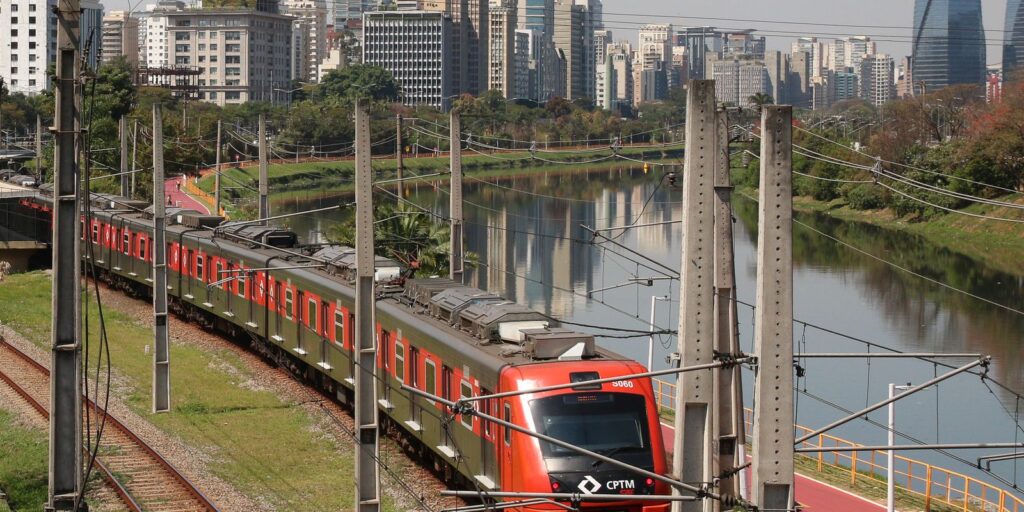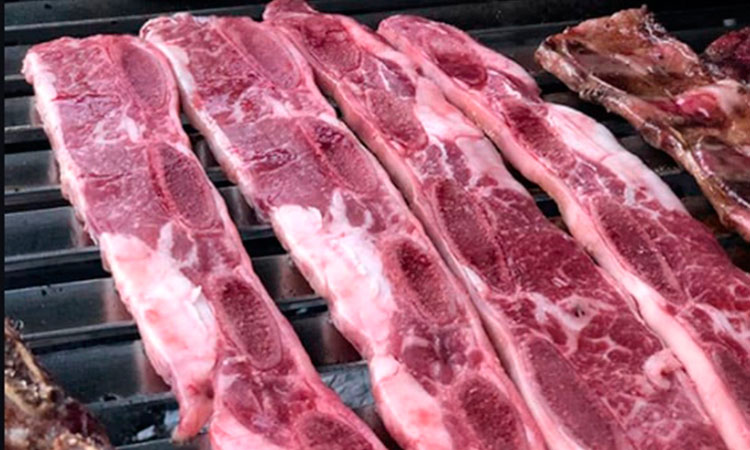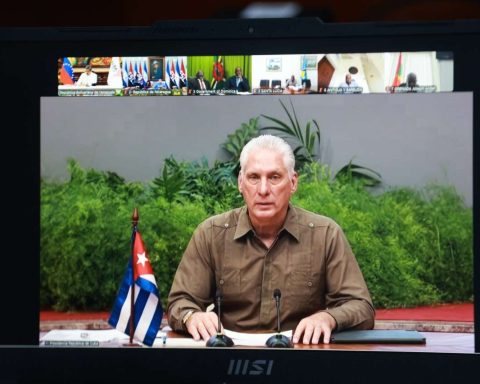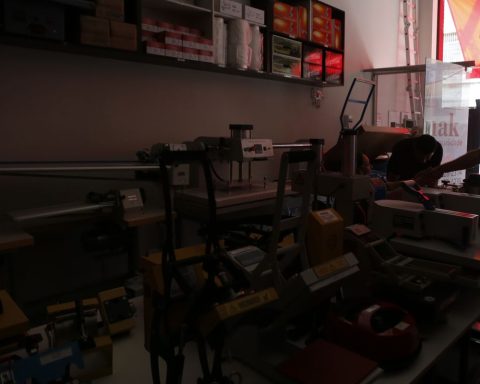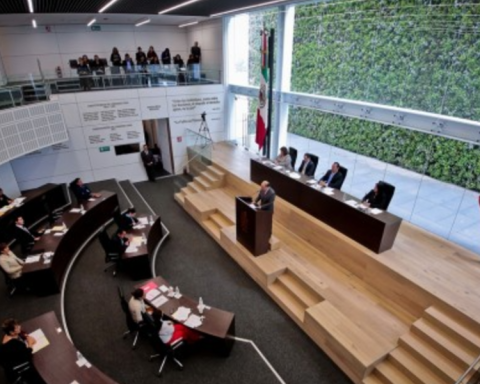The Ministry of Agriculture remains optimistic in the face of the new 2022-2023 wheat planting campaign thanks to high international prices and the climate forecast of a weak La Niña phenomenon, despite the fact that the private sector projects a decrease of the cultivated surface and a reduction in the production of the cereal.
“The producer has all the tools to be able to carry out a good campaign and plan it. No rule is going to be changed. There will be no problem”, told Télam the undersecretary of Agriculture, Delfo Buchaillot, seeking to give guarantees to the productive sector and thus improve the prospects for planting.
With just a few lots planted in Jujuy and Salta, according to monitoring by the Ministry of Agriculture, Livestock and Fisheries, private entities linked to the sector began to give their first estimates of area and harvest in recent days.
The new wheat campaign It will take place in a context of other exceptional for the war between Russia and Ukrainetwo large producers of the cereal, which took the prices of the commodity to historically high levels, a situation that also triggered strong increases in the main agricultural inputs.
In the A Todo Trigo congresswhich took place this Thursday and Friday in the city of Mar del Plata, the Buenos Aires Cereal Exchange (BCBA) gave its first sowing and harvest projection, in which it estimated a 1.5% reduction in the cultivated area -equivalent to a decrease of 100,000 hectares compared to the previous season, while production could fall 8.5%, with a total volume of 20.5 million tons, 1.9 million tons less than in the 2021-2022 campaign.
One of the main explanations for the projected decline It is based on the forecast of a lower use of technology, due to the increase in the prices of inputs.
During the presentation, the head of the Agricultural Estimates Department of the BCBA, Esteban Copati, said that “the campaign could present limitations in the use of some key inputs, such as fertilizers, given a more unfavorable input/output ratio, which would negatively affect yields”.
For its part, the Rosario Stock Exchange (BCR) estimated that wheat production could fall 14% to 19 million tons from a decrease in the area to be planted of 8%, which would be around 6.35 million hectares.
? On the way to closing its historical record, wheat has already contributed more than US$ 3.4 billion in exports.
? Read the full report at: https://t.co/h4UTR5fvZ9 pic.twitter.com/Q46S3EHg2G
– BCR Press (@BCRprensa) May 13, 2022
If these projections materialize, the production of the 2022-2023 campaign will be 3.1 million tons less than the previous season, while the planted area would be 550,000 hectares less, as a result of low water reversals in some sectors and the increase in costs. .
“The first estimate of intention to sow wheat reflects that the producer does not want to stop growing wheat but there are limitations: the first is climatic and is followed by the problems of high costs and, therefore, the lower fertilization that is proposed to do “said the Rosario stock market entity.
From the Ministry of Agriculturethe Office of Agricultural Risk (ORA) projected that the sowing of the cereal will have an “encouraging” climatic panorama due to good water reserves in the center of the agricultural area.
Within the good forecasts they also placed the forecast that the La Niña phenomenon will develop in a “very slight” way and that the climate behaves in a “neutral mode”, favoring the sowing of the cereal.
Buchaillot, in dialogue with Télamsaid that “for the next campaign we hope that the producer looks optimistically, according to the ORA report, that it will be a neutral campaign, with better water in the soil than the last cycle, which means that if he accompanies us the weather and prices are flying, it has to be a great wheat campaign”.
“Gross margins are positive in all producing regions. Although costs have risen, rents, fertilizers, which increased by more than 70% in dollars, wheat also increased. Afterwards, diesel and other inputs have not raised so much, which augurs positive results with normal yields,” the official added.

Buchaillot underlined the opening of the export of 10 million tons of the campaign to start, of which Sworn Declarations of Sales Abroad (DJVE) have already been recorded for approximately 8.3 million tons, which “guarantees prices” for the producer and makes it possible to plan the campaign without problems.
He also stated that the Chamber of the Argentine Fertilizer and Agrochemical Industry (Ciafa) affirmed the guaranteed availability of fertilizers for the first stage of planting the crop and 70% of refertilization.
This is why he considered that “producers have all the tools to be able to carry out a good campaign and plan it. No rules are going to be changed. There will be no problem”, at the same time that he highlighted the implementation of a plan of the Government to reach a wheat production of 25 million tons by narrowing the productive gap between regions and producers.
“We have detected more than 200% of gaps in different areas and we developed the program so that they have the assistance of more than 100 agronomists hired by the Ministry to monitor at least 1,000 producers per campaign and more than 300,000 hectares per year” , concluded the official.
From the private sector, the president of the Argentine Wheat Association (Argentrigo), Miguel Canétold Télam that “for the next campaign there is great uncertainty that at some point is logical and at another it is Argentine added value, such as interventions and trusts.”
In this framework, he stated that the rise in the prices of inputs and other costs meant that “where last season one hectare of wheat was made, now half is made with the same money.”












